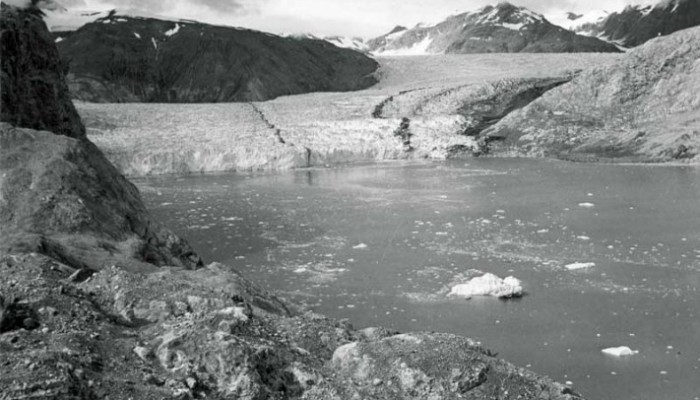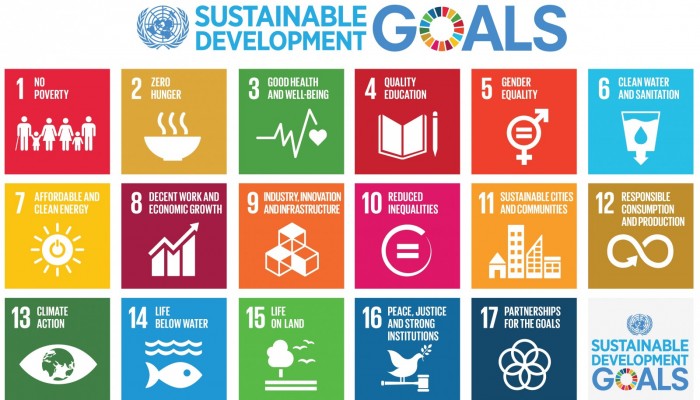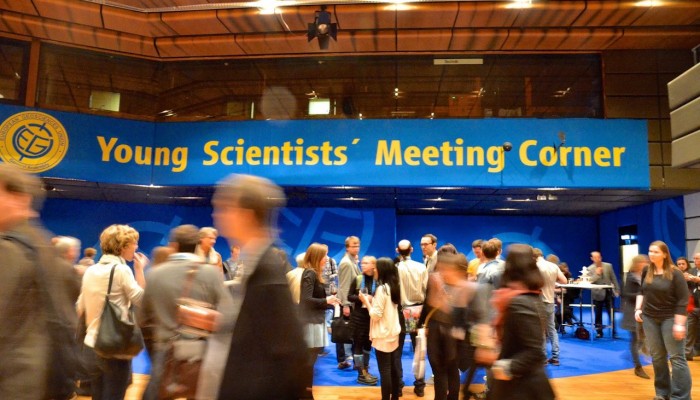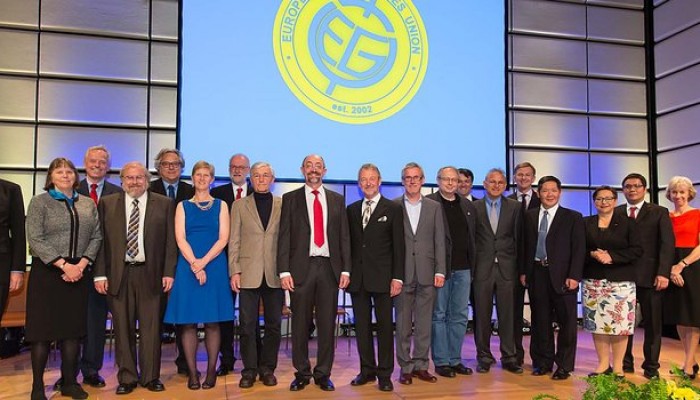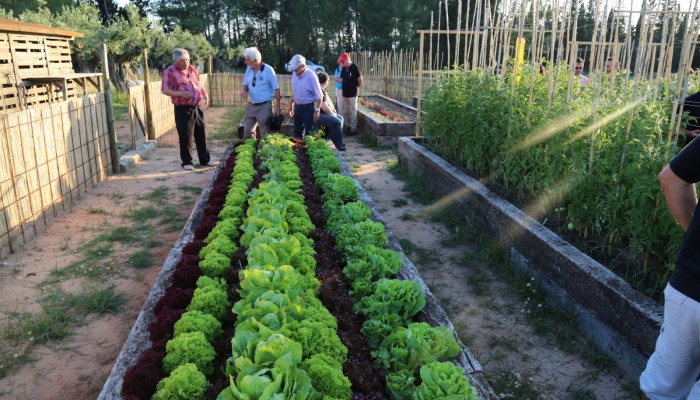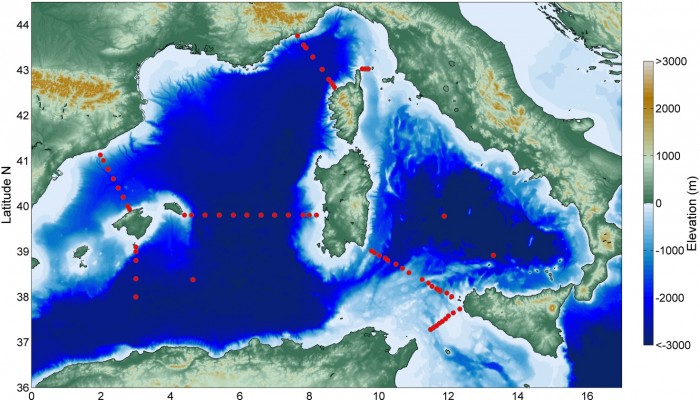Engaging students (regardless of age) during lessons can be difficult with a whole host of factors influencing their disposition to listen and learn. The same is true when carrying out public outreach and engagement activities. In both instances the key is to captivate the full attention of the audience and make the subject you are trying to teach come to life. A task often easier said than done. ...[Read More]
Cryospheric Sciences
Image of the Week : 63 years of the Muir Glacier’s retreat
The Muir is a valley glacier (Alaska) that has significantly retreated over the last 2 centuries. The 3 pictures have the same field of view and record the changes that occurred during the 63 years separating 1941 and 2004. In the 1941, the terminus of the glacier is on the lower right corner of the photo. The Muir is then a tidewater glacier up to 700m thick and is well connected to its tributary ...[Read More]
Geology for Global Development
Geology and the Sustainable Development Goals
Last month the Global Goals for Sustainable Development (SDGs) were formally adopted by member states of the United Nations. Building on the Millennium Development Goals, these 17 ambitious goals aim to end global poverty, fight injustice and inequality, and ensure environmental sustainability over a 15 year timeframe (2015-2030). Achieving the SDGs by 2030 will require many sectors to engage, inc ...[Read More]
Energy, Resources and the Environment
Change to Early Career Scientist definition
Earlier this year the term Young Scientist (YS) was replaced by Early Career Scientist. Now, in a positive move, the EGU Council has approved a change to the definition of an ECS. Previously the definition of an ECS was: A scientist who is 35 years old* or younger, AND who can be an undergraduate or postgraduate (Masters/PhD) student or who has received his or her highest degree (e.g., BSc, MSc, P ...[Read More]
GeoLog
EGU Awards and Medals 2016
Yesterday, the EGU announced the 49 recipients of next year’s Union Medals and Awards, Division Medals, and Division Outstanding Young Scientists Awards. The aim of the awards is to recognise the efforts of the awardees in furthering our understanding of the Earth, planetary and space sciences. The prizes will be handed out during the EGU 2016 General Assembly in Vienna on 17-22 April. Head over t ...[Read More]
GeoLog
Imaggeo on Mondays: The soil in your veg patch
Do a search for images of dirt in Google and you might be surprised to find that the vast majority of returned images are of a substance that we ought to be protecting and treasuring, rather than dismissing as something unclean and without value: soil. It’s not the first time we’ve featured this precious resource on GeoLog recently, remember that post about soil in art? It’s not without reason eit ...[Read More]
Cryospheric Sciences
Filling the Gap between Science and Politics
Have you ever wondered how results from scientific studies make their way into policy and influence government decisions? Read about the experiences of Sammie Buzzard, University of Reading, who spent her summer working for a government body in Westminster, London, UK. This summer I had the opportunity to take some time away from my usual Ph.D. work and spend 3 months working for the Government Of ...[Read More]
GeoLog
Cruising the Mediterranean: a first-hand account of a month at sea – Part 2
This week we feature the second instalment in this series, which follows the adventures of Simona Aracri, a PhD student at University of Southampton, and her colleagues. as they spent a month aboard a research vessel, cruising the Mediterranean Sea. Simona and the team of scientists aboard the boat documented their experiences via a blog. This time we discover that chemists are always kept busy on ...[Read More]
Green Tea and Velociraptors
Getting into open science
This was originally posted at: https://thewinnower.com/papers/2301-my-open-science-story It never really occurred to me not to be open. From the moment I started my PhD, I made a promise to myself that everything I did would be open and transparent. By this, I don’t just mean access to published papers – I wanted the data, and the information that I was generating to be freely available, and under ...[Read More]
GeoLog
Introducing the new EGU logo!
As part of a long-term effort to modernise EGU’s overall look, today we are introducing a new EGU logo. You will find the new logo on all EGU websites (including General Assembly and journal websites) and social media pages, as well as in Vienna in April, at the EGU 2016 General Assembly. The new logo retains elements of the previous one, including the circle with a tilted axis representing the Ea ...[Read More]


